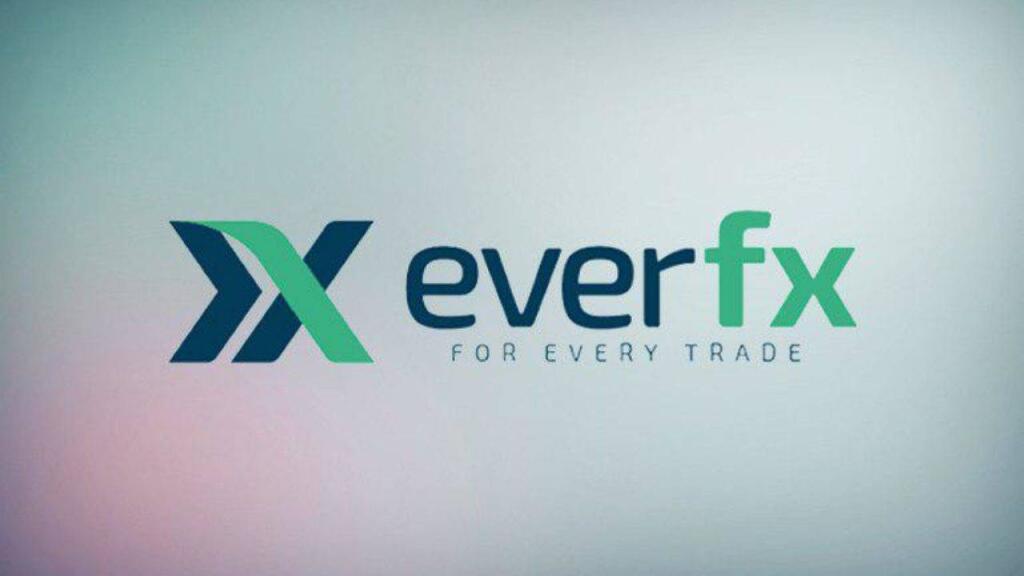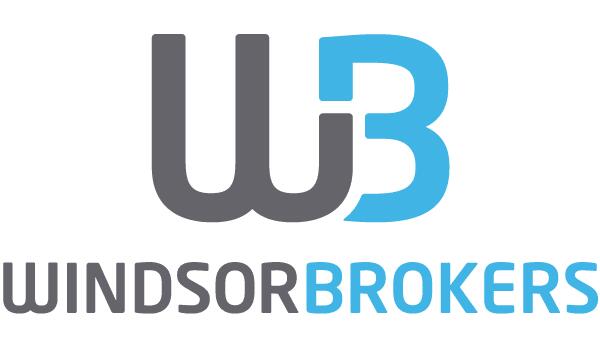
Note that while both income statements and cash flow statements have three elements, only the balance sheet has assets, liabilities, and equity. Financial statements are written records that convey the business activities and the financial performance of a company. Financial statements are often audited by government agencies, accountants, firms, etc. to ensure accuracy and for tax, financing, or investing purposes. For-profit primary financial statements include the balance sheet, income statement, statement of cash flow, and statement of changes in equity.

Under accrual-basis accounting, the company only records transactions in the periods in which the events occur. In this case, revenues are only recognized when the company delivers goods or provides services to the customers, regardless of when it receives cash. Investments by ownersincreases in equity resulting from transfers of resources (usually cash) to a company in exchange for ownership interest. Are increases in equity resulting from transfers of resources (usually cash) to a company in exchange for ownership interest. A key characteristic of this definition is that an asset represents probable future economic benefits. A receivable is an asset only if it is probable that future benefits will result, that cash will be collected.
Top 10 Business Analytics Courses in Dubai : 2023 Updated
If you can follow a recipe or apply for a loan, you can learn basic accounting. Last, financial statements are only as reliable as the information being fed into the reports. Too often, it's been documented that fraudulent financial activity or poor control oversight have led to misstated financial statements intended to mislead users. Even when analyzing audited financial statements, https://online-accounting.net/ there is a level of trust that users must place in the validity of the report and the figures being shown. Primary expenses are incurred during the process of earning revenue from the primary activity of the business. Expenses include the cost of goods sold (COGS), selling, general and administrative expenses (SG&A), depreciation or amortization, and research and development (R&D).
- Expenses are last one of the five elements of financial statements.
- It is intended to help investors to see the company through the eyes of management.
- Are probable future economic benefits obtained or controlled by a particular entity as a result of past transactions or events.
- The five elements of financial statements interact and affect each other.
- The first asset class is the current asset which refers to short-term assets, and these kinds of assets are not depreciated.
Having annual audited statements is mandatory if you're a publicly traded company. An expense, the flip side of revenue, is the money you spend to make money. Depreciation, which is an asset's loss of value as it ages, is also an expense.
Upcoming Batches of Accounting and Taxation Course :-
When you're preparing a quarterly statement, the top of the statement shows your net revenue from sales. From this total, you subtract expenses then add in non-operating revenues and subtract non-operating expenses. The result of this calculation is your net income, which tells you how profitable your company was for that period.
Horseracing industry: Government support and recent developments … – House of Lords Library
Horseracing industry: Government support and recent developments ….
Posted: Wed, 06 Sep 2023 14:47:13 GMT [source]
Owners often sell their ownership interest in a business to another person. A transaction between owners themselves is not a distribution to owners because it does not involve any outflow of resources from the business entity itself. For example, if a business has assets worth $100,000, and liabilities of $60,000, the amount of equity belonging to the owners equals $40,000 (100,000 – 60,000). Equity is the amount of assets remaining in the business after subtracting its liabilities.
Balance sheet
The balance sheet provides an overview of a company's assets, liabilities, and shareholders' equity as a snapshot in time. The date at the top of the balance sheet tells you when the snapshot was taken, which is generally cash disbursement journal the end of the reporting period. Investors and financial analysts rely on financial data to analyze the performance of a company and make predictions about the future direction of the company's stock price.
Consultation on changes to our fees regime (accessible version) – GOV.UK
Consultation on changes to our fees regime (accessible version).
Posted: Tue, 05 Sep 2023 08:47:10 GMT [source]
Or stockholders’ equitycalled shareholders' equity or stockholders' equity for a corporation; the residual interest in the assets of an entity that remains after deducting liabilities. For a corporation, is the residual interest in the assets of an entity that remains after deducting liabilities. Equity is officially defined by IASB’s Framework for preparation and presentation of financial statements, is the residual interest in the assets of the entity after deducting all its liabilities. Assets are anything your business owns that will generate economic benefit through multiple accounting periods, for example; buildings, manufacturing equipment, patents, cash, accounts receivable and land. Assets are different from, say, electricity, which generates economic benefit but you use up immediately.
Current assets:
External financial statements are normally produced on an annual basis, although in some cases (including for public companies) they are produced quarterly. To ensure comparability and consistency, external financial statements are usually based on Generally Accepted Accounting Principles (GAAP), which has specific requirements that must be followed. Next companies must account for interest income and interest expense. Interest income is the money companies make from keeping their cash in interest-bearing savings accounts, money market funds and the like. On the other hand, interest expense is the money companies paid in interest for money they borrow. Some income statements show interest income and interest expense separately.

The statement then deducts the cost of goods sold (COGS) to find gross profit. It is based on the company’s policies to recognize which amount should be classed as current assets and which amount should go to fixed assets. Yet, the policies should be aligned with current practice or market and reflect the real economic value. In other words, fixed assets are the resources based on nature converted into cash or cash equivalent in more than one year accounting period. As the famous statistician and mathematician George Box once said, “All models are wrong, but some are useful.
Financial Statements
Income is money that the company makes from its regular business operations before accounting for expenses such as taxes, interest payments, and other financing activities. Income does not include income from other sources such as investments because there may be no cash inflow to offset any outflow that may occur when these assets are sold (when funds are pulled out). As a result, it’s helpful to keep track of what an organisation earned in order to help make better investment decisions in the future. If a company buys a piece of machinery, the cash flow statement would reflect this activity as a cash outflow from investing activities because it used cash.
Just as a CPR class teaches you how to perform the basics of cardiac pulmonary resuscitation, this brochure will explain how to read the basic parts of a financial statement. It will not train you to be an accountant (just as a CPR course will not make you a cardiac doctor), but it should give you the confidence to be able to look at a set of financial statements and make sense of them. Financial statements are also read by comparing the results to competitors or other industry participants.
Financing activities include debt issuance, equity issuance, stock repurchases, loans, dividends paid, and repayments of debt. Investing activities include any sources and uses of cash from a company's investments in the long-term future of the company. A purchase or sale of an asset, loans made to vendors or received from customers, or any payments related to a merger or acquisition is included in this category. Other income could include gains from the sale of long-term assets such as land, vehicles, or a subsidiary.
On the right side, they list their liabilities and shareholders’ equity. Sometimes balance sheets show assets at the top, followed by liabilities, with shareholders’ equity at the bottom. Five elements of financial statements provide very useful information to various users in the form of written reports that show the financial performance and condition of a company at a specific period of time. Liabilities are anything you're obligated to pay to a person, business or government. Accounts payable, taxes payable and wages payable are all liabilities. Unlike expenses, which are subtracted from your income in the financial statements, liabilities are subtracted from the total value of your assets.

Leave A Comment
You must be logged in to post a comment.